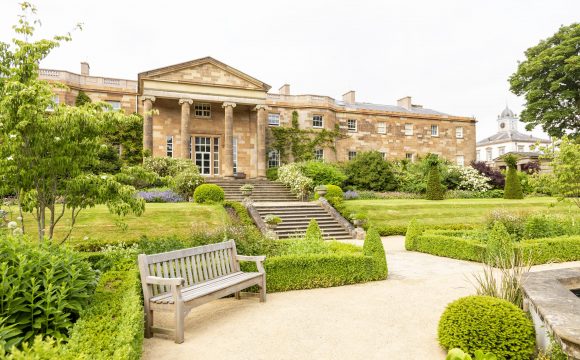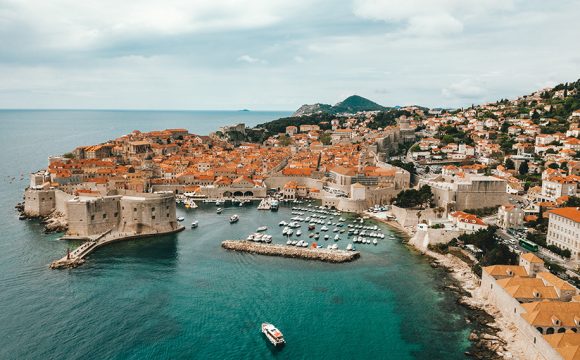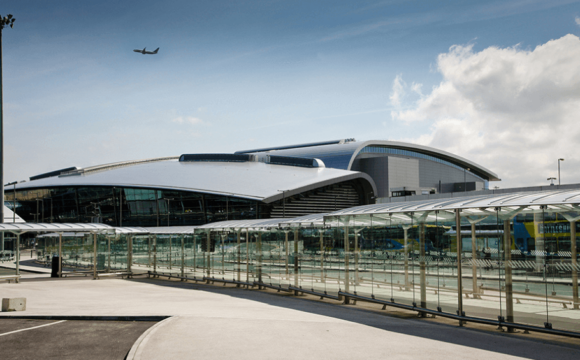Lisboa – Beaches of Caparica
Only a few minutes away from Lisbon, this stunning 15 km stretch of glorious and sandy beaches is very easy to get to, either by car, crossing the bridge or catching one of the buses from Praça de Espanha or Campo Grande. Once you are there, the best thing is probably to jump on the mini-train that stops at all the beaches from the centre going south, which vary in mood and crowd.
The beaches in the centre are the busiest, while those further away are popular with those who want to spend the whole day on the sand or sun loungers. Going north, you’ll find the calmer S. João beach. One thing is constant though and is that all of them have excellent bars and restaurants where you can enjoy a jar of sangria, grilled fish and a plate of clams. For those interested – Costa de Caparica is also home to one of Lisbon’s most popular surfing beaches, with waves to suit all abilities.
Castelo de São Jorge
Built in the mid-11th century, this fortification still retains 11 towers displaying various architectural features characteristic of military fortifications from the Moorish period.
The steps leading up the sides of the curtain walls provide access to the ramparts and towers enabling visitors to explore the entire perimeter. One of the city’s finest attractions, the castle has an outstanding location offering a variety of viewpoints with majestic and unparalleled views including the Tejo Estuario and the central part of Lisbon.
Garden of the Gulbenkian Foundation
Spreading over an area of 19 acres, there are more than 230 species of flora identified in the garden. There are three trails itineraries offering visitors different ways to enjoy the concept and ambiance of the park: the light and shade itinerary; the pond itinerary; and the rim itinerary.
Created in 1969 the garden is part of the cultural centre where the headquarters of the Calouste Gulbenkian Foundation, Gulbenkian Museum and the José de Azeredo Perdigão Modern Art Centre are situated enriching the cultural importance of the garden.
















